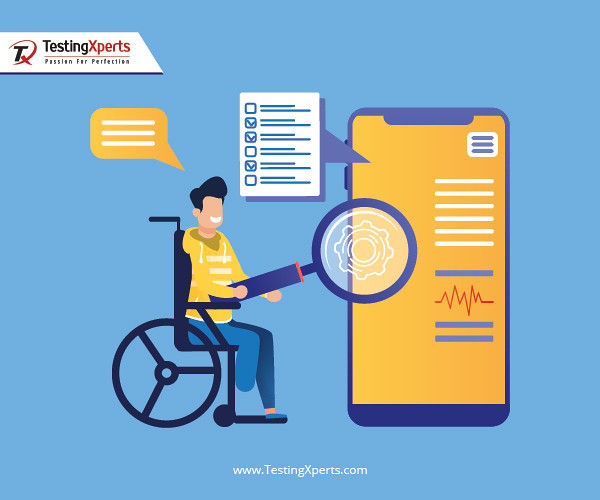What does a test automation architect do?
There is a huge demand for test automation architects, simply because this specific role can solve a lot of software testing challenges in a methodical and strategic manner. A test automation architect has to ably communicate with the top management and come up with real-time solutions that can fix a bevy of complex software testing-related issues. They are adept at designing specific solutions that can solve testing-related problems amicably. The application of contextually relevant practices and processes are used to solve these specific solutions. A test automation architect knows how to tactically apply testing techniques, practices and approaches depending on the project context. In this article, you will get a brief idea of what a test automation architect does.
What is the role of a test automation architect?
A test automation architect’s core objective is to align automation tools, strategies and processes with business specific objectives. A test automation architect optimizes automated systems and processes, standardizes compliance and enforces best practices while working with stakeholders, IT teams and company leadership. The focus is also to streamline and properly define the test automation framework.
What does a test automation architect do?
Following are the four factors that explain what a test automation architect does:
1. Setting up an automation strategy: An architect initiates the work by setting up a well-defined automation strategy and then obtaining the necessary resources to make it happen. In most of the scenarios, especially in large-scale enterprises, the existing issues/problems are solved by a test automation architect.
In order to solve specific and may be complex technical challenges, an architect works closely with the CIO (whom they also report to in most of the cases), CTO, CMO, CFO etc. Stakeholders should also be taken into consideration for receiving their valuable advice pertaining to streamlining the business automation goals and ascertaining the specific outcomes. The entire working and execution of software test automation architecture should be crystal-clear to the test automation architect.
2. An automation initiative is developed: Once the automation goals are properly planned and well-defined, the next step is to develop an automation initiative. Strategic guidance is provided for the enterprise-wide implementation of new processes and tools. The architect needs to decide what can be automated and when it can be automated.
For example, when file transfers are automated before automating application releases, it is considered to be financially rewarding. But, if those same files are in different formats and the set of standards has been evolving over the last few years, then it needs to be pondered upon.
This cannot be done by a solutions architect or a DevOps team. Rather, these automated processes are taken care of by the platform of standardization.
3. Incorporating Standardization: Standardization is a crucial part of an architect’s profile. The test automation architect sets enterprise-wide, best practices and institutional standards for documentation, software configurations and testing. In certain scenarios, the architect needs to also work with legal and compliance teams to ascertain business continuity policies and retention for automated workflows.
4. Provides high-end tactical advice: Apart from establishing best practices and enterprise-wide policies, the architect is also looked upon as an advocate for automation. Managers and employees may not be able to see the big picture of automation and hence the test automation architect makes sure that the entire automation process is clearly or at least partially known to all those key members involved in automation activities.
Specific skillsets of a test automation architect:
- Excellent communication skills are the prime criterion
- Deep practical understanding of all the technicalities involved in setting up and implementing a test automation framework
- Developing crystal-clear goals to create an automation roadmap
- Thorough knowledge and practical understanding of automation tools, processes and best practices.
- Solid integration of project management, business processes, agile methodologies, software development and API-driven integration.
Conclusion: If you are looking forward to hiring any professional in line with software testing regardless of experience and skills, then do get connected with a professionally acclaimed software testing services company that will provide you a tactical methodology through which you can select the appropriate candidates that can justify your specific requirements.


Comments
Post a Comment